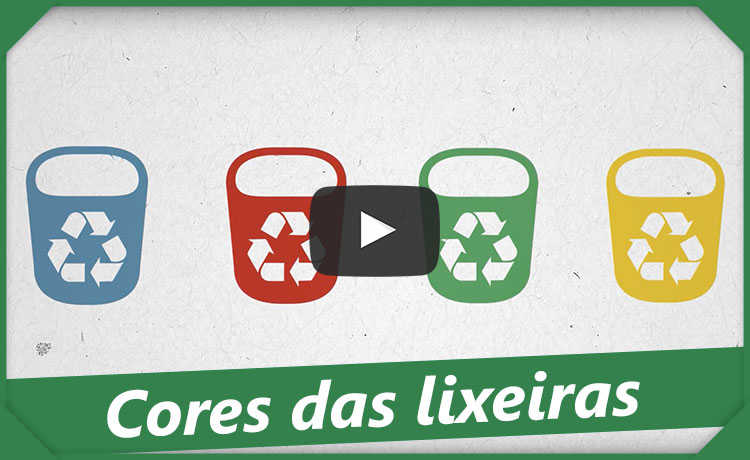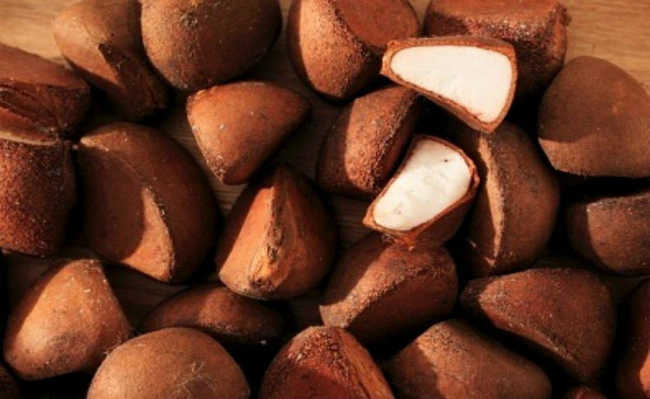How to recycle glass bottles?
Understand everything about recycling glass bottles and how to dispose of them

If you are not going to reuse it, it is best to recycle the glass bottles. In addition to the collectors placed on the street, there are recycling cooperatives, voluntary delivery points (PEVs), supermarkets and product sales points that send bottles of glass for recycling. Always remember to opt for conscientious disposal, respecting the environment!
- 26 things you can reuse at home
What few people know is that there are some types of non-recyclable glass. Fortunately, this is not the case with glass bottles.
- How to discard broken glass?
The common glasses (with which the bottles are made), called soda-calcium, are basically made up of silicon dioxide, sodium oxide, calcium oxide (which gives the crystal property), aluminum and magnesium oxides (elements that give resistance property) and potassium oxide.
- Magnesium: what is it for?
To make colored glasses, some transition metals and lanthanides are added, which, depending on their oxidation state, concentration and heat treatment, will determine the color of the glass.
How is done?
To produce glass, some materials such as sand, sodium, calcium and other chemical components are mixed; then, this mixture is taken to the oven, where it remains until melted, reaching a temperature of 1500°C. And from there it comes out with a slimy appearance.
Then this mixture is placed in a first mold, which gives its initial glass bottle contour. Then, it is placed in a final mold and air is injected inside it, making the viscous mixture gain its definitive contour. Finally, the material is allowed to cool for an hour. After this period, the glass is ready to be used.
Like plastics, certain types of additives can also be added to glass to provide new properties: the color of bottles, for example, is made with the addition of various types of oxides, such as cobalt oxide and copper, which give a bluish tint. Coloring does not only serve to add a pleasant aesthetic, as the use of certain colors can prevent certain solar radiation (in the infrared and ultra-violet range) from passing through the glass, without the quality of the packaged product being seriously compromised. Among the colors that have this property, we can mention the amber color, from beer bottles; and green, from the wine bottles.
How to recycle glass bottles?
Glass takes four thousand years to decompose and to produce it requires 1.3 thousand kilos of sand, however, it is 100% recyclable. In the recycling process, 70% less energy is consumed, the emission of air pollutants is reduced by 20% and the use of water is reduced by 50%. However, data from 2011 show that only 47% of glass was recycled in the country.
There are still many disadvantages to selective collection. Recycling cooperatives, for example, see glass as less attractive than other materials, due to its high weight, and also because it is a sharp material and has a much lower market value than plastic, cardboard and aluminum.
When recycling glass bottles, if they are whole, they must be washed. If they are broken, you can use a PET bottle to pack them. To do this, remove the label from the PET bottle and dispose of it with other recyclable plastics. Then cut the bottle in half, insert the broken glass bottle shards, use the top of the PET bottle to cap the container and place it inside a bag. Try to use gloves or a shovel and broom so as not to get hurt. It is also recommended that the broken glass is not mixed with earth or dirt.
To help in the recycling process, it is recommended to separate the glass by color, facilitating the distinction of materials for recycling companies, and it is also advisable to remove the covers and labels, as they can contaminate the recycling process and reduce the value of the material. recycled.
How it works?
Cooperatives or sorting centers manually separate beverage bottles from other types of glass. This method allows for an efficiency gain in final production.
Then the process becomes entirely industrial: the glass is remelted and ground in a crusher; then it is placed in a giant furnace with a temperature of around 1000ºC - this value is much lower than that used in the manufacture of new glass, which implies an energy gain and lower CO2 emissions. Thus, using one ton of broken glass for recycling saves around 1.2 tons of new raw materials.










